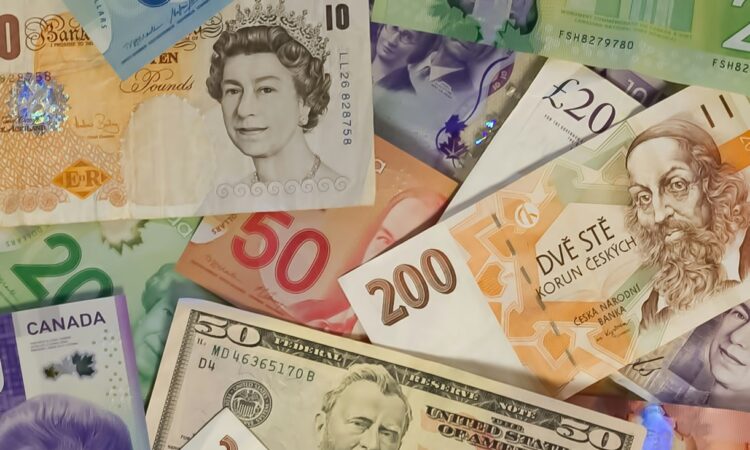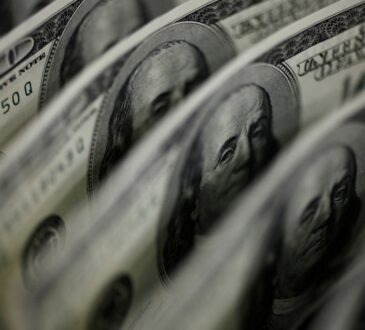
How many of the world’s strongest currencies do you know? On the flip side, here’s everything you need to know about the weakest currencies in the world.
A currency becomes weak if a country’s exchange rate is regressing. This is as a result of internal policies, inflation and the economic situation of the country. It is possible for you not to be aware of the weakest currency in the world but I’m certain you know of the most popular which is the United States dollar. But surprisingly, the dollar is not the strongest (see the strongest currencies here).
The value of a currency depends on the demand and supply while some are pegged – that is, the currency is valued at an agreed rate. The foreign exchange rate is an indicator of a country’s economic wealth. Through it, the economic future of a country is clearer.
Actually, the exchange rate is not usually stable, it fluctuates as dictated by the market. Let’s quickly talk about factors that determine foreign exchange. They are Inflation and Interest rates:
Inflation
If the level of inflation of a country is low, the currency will definitely have higher value but if it is the other way, the value will definitely drop. Inflation is a big influence on the currency exchange rates of a country.
Interest
A shift in interest can have an impact on the currency value. If it rises, lenders will want more interest and this would attract more international investment. This would automatically lead to a rise in exchange rates.
Now, let’s go back to the essence of this article. I’ll break down the weakest currencies in the world from the least weakest.
10. Nigerian Naira
The Naira exchange rate with the US Dollar has been fluctuating for a while now. The currency became weaker due to recent fiscal and monetary policies like ‘floating’. Remember Nigeria imports more than exporting goods and services which result in constant need for foreign currencies, especially the Dollar. Nigeria is not economically diverse; the country heavily relies on oil revenue. However, this major export product has failed to supply enough Forex to the exchange market. This inconsistent economic policy and political uncertainty is devaluing the Naira and has made it difficult to have an exact figure for a Dollar to Naira exchange rate, at least for a week. As of the time of writing this, one US Dollar is equivalent to 1,582 in Naira.
9. Ugandan Shilling (USH)
Ugandan Shilling became weak due to Uganda policies that have had a negative impact on the economic status of the country. The East African Shilling was replaced with Ugandan Shilling in 1966. Another shilling was introduced in 1987 due to high inflation. One US dollar equals 3,938 Ugandan Shillings at the moment.
8. Paraguayan Guarani (PYG)
Paraguayan Guarani has been affected by high inflation, poverty, unemployment and corruption. Paraguay is one of the poorest countries in South America. Even though the country exports soybeans and cotton, the economic situation has overpowered its effect. Currently, one US dollar trades at 7,278 Paraguayan Guarani.
7. Guinean Franc (GNF)
Guinean Franc is the official currency of Guinea. Political instability and corruption led the currency to its weak state. Sadly, every year, the currency devalues despite having natural resources like gold, aluminum, and diamonds. One US dollar is currently equivalent to 8,597 Guinean Franc.
6. Uzbekistani Som (UZS)
So many efforts have been employed to improve the economy of Uzbekistan but have been fruitless. The industrial output of the country has really declined which is also affecting the currency value. Important to note that Uzbekistan is still grappling with the effect of Covid-19 pandemic on the economy. As of now, one US dollar is equivalent to 12,501 Uzbekistani Som.
5. Indonesian Rupiah (IDR)
The Indonesian Rupiah has failed to improve over the years. This can be traced to decreasing foreign exchange reserves and the dependence of Indonesia on the export market. All efforts to strengthen the national currency have been abortive. One US dollar equals 15,562 Indonesian Rupiah at the moment.
4. Laotian Kip (LaK)
Laotian Kip is the official currency of Laos People’s Democratic Republic. This currency was never devalued but issued at a very low rate in 1952. The Central Bank of Lao maintains the currency, but it’s among the weakest in the world. The current exchange rate of one US dollar in Laos People’s Democratic Republic equals 20,900 Laotian Kip.
3. Sierra Leonean Leone (SLL)
The value of Leone declined drastically due to corruption and other financial scandals in Sierra Leone. Poverty is also another factor, which led to the downfall of the economy. Leone was introduced in 1964 as a replacement of the British West African pound. 20,969 Sierra Leonean Leone is side-by-side with just one US dollar at the moment.
2. Vietnamese Dong (VND)
Vietnamese Dong is the official currency of Vietnam. The economic situation in the country devalues the currency. The transitioning from a centralized economy to a market based one devalued the currency. The State Bank of Vietnam manages the currency. Vietnam’s currency exchanges at 24,639 Vietnamese Dong to one US dollar.
1. Iranian Rial (IRR)
The Iranian Rial has been affected by different kinds of crises. In 1979, the termination of the Islamic Revolution made foreign investors withdraw from the country; the nuclear programme and political unrest are factors that contributed to the weakness of the currency. As of now, one US dollar is equivalent to 42,055 Iranian Rial.
If you enjoyed reading this article, you should also read Top 10 Strongest Currencies in the World, Top 10 economies in the world, 10 Weakest Economies in the World and 4 countries going through recession in 2024.




